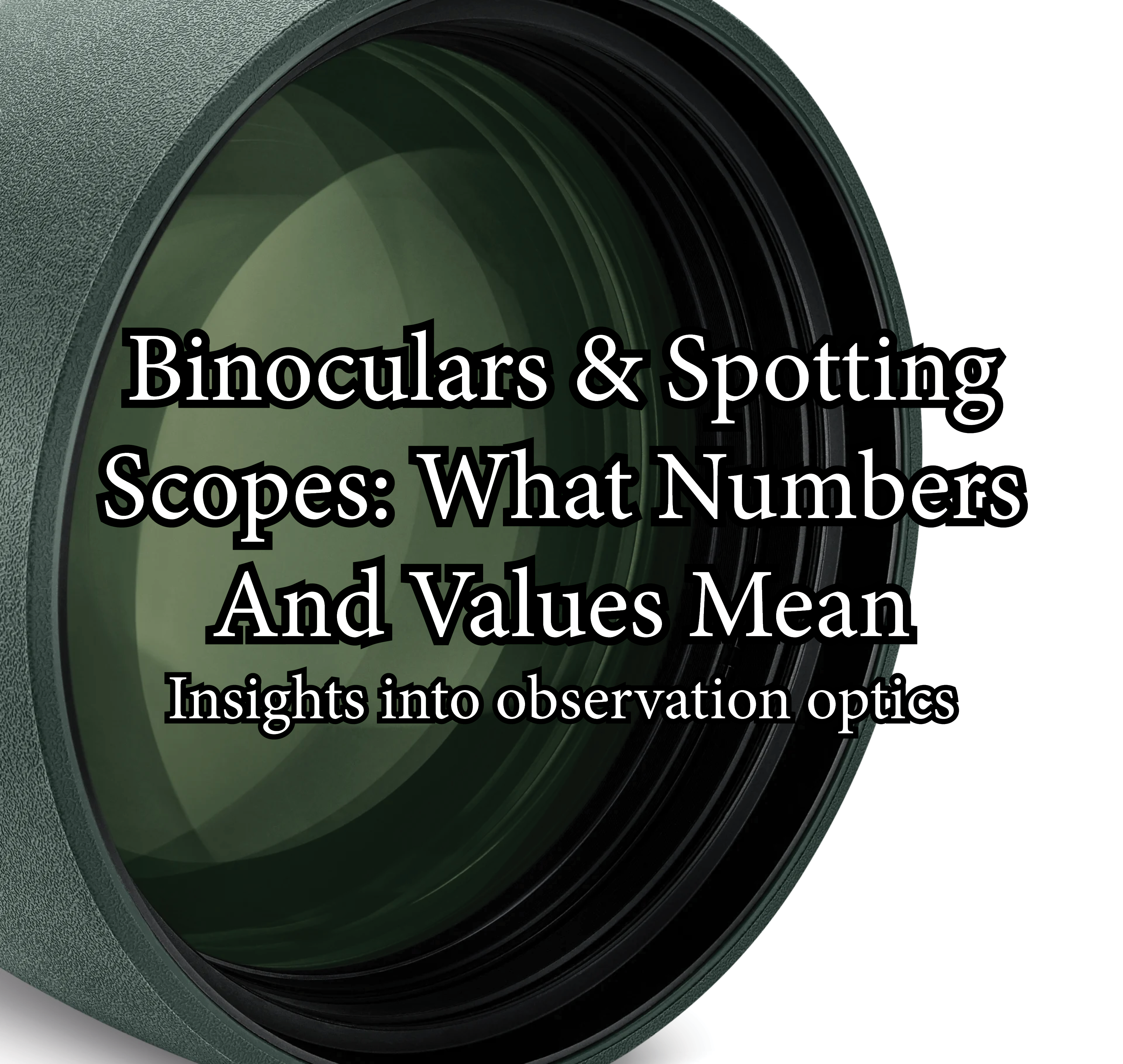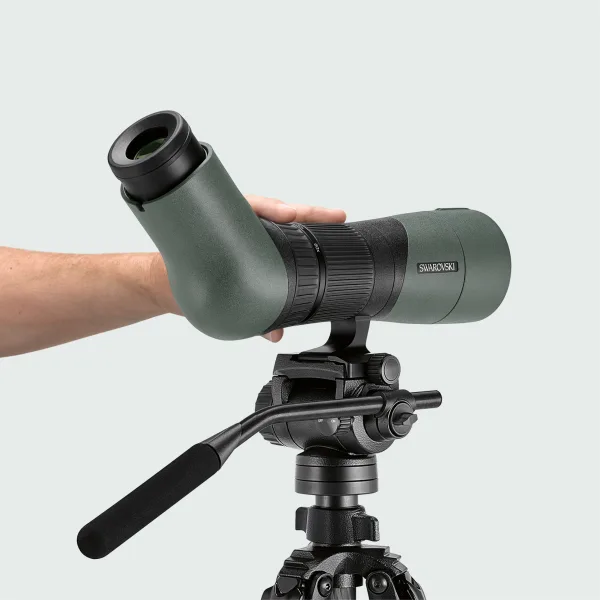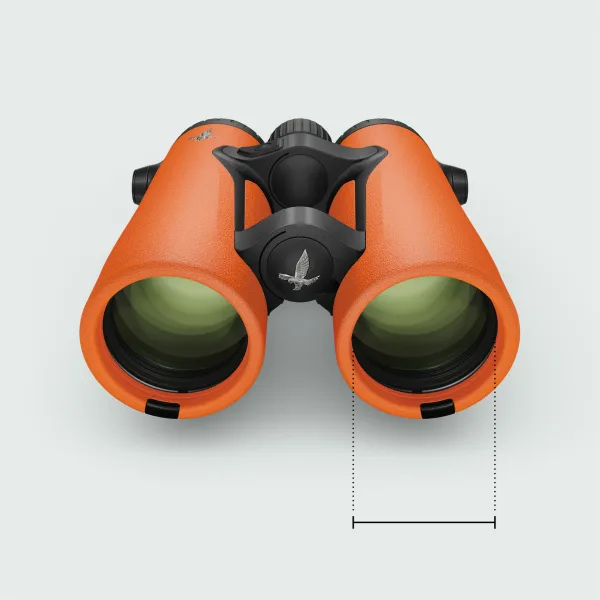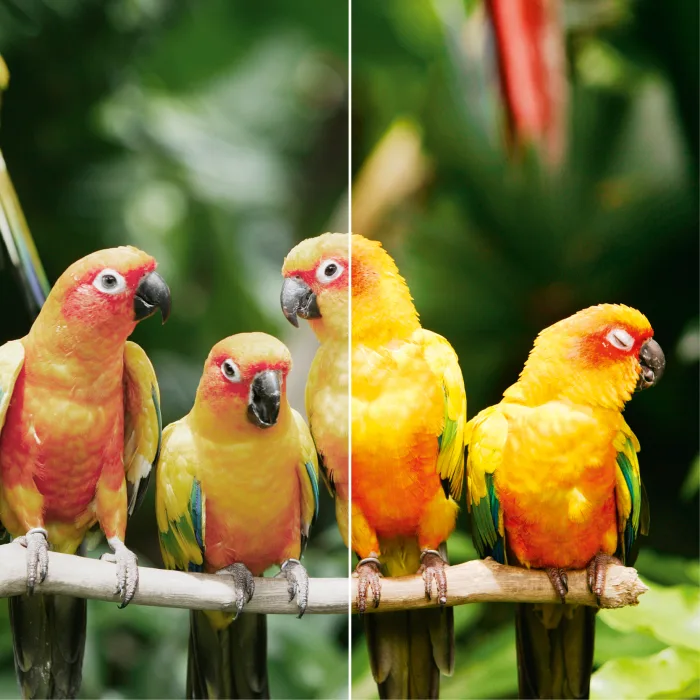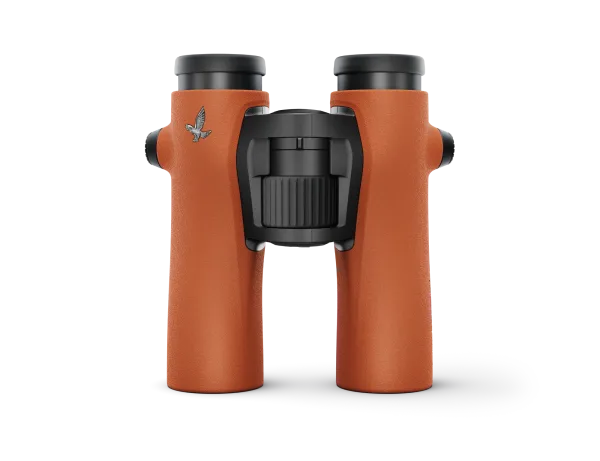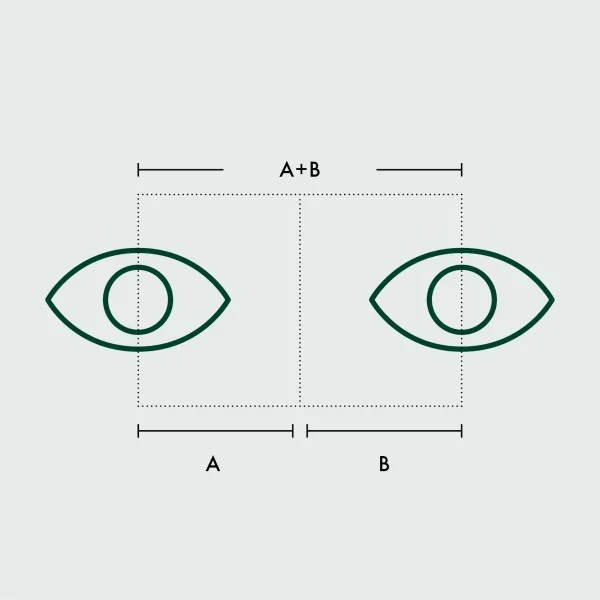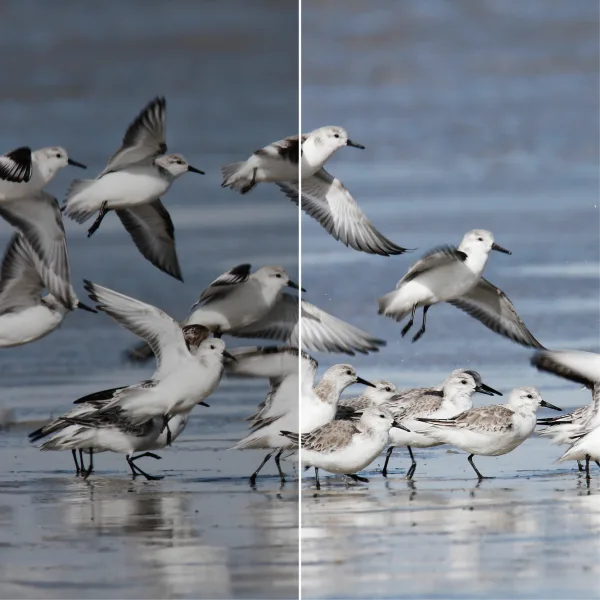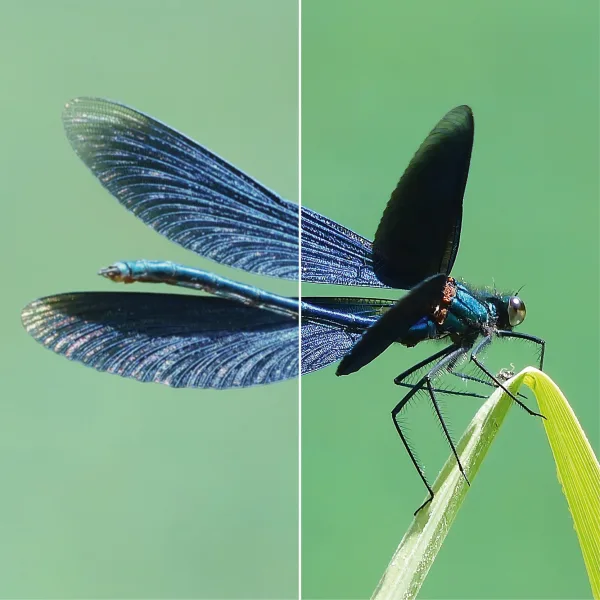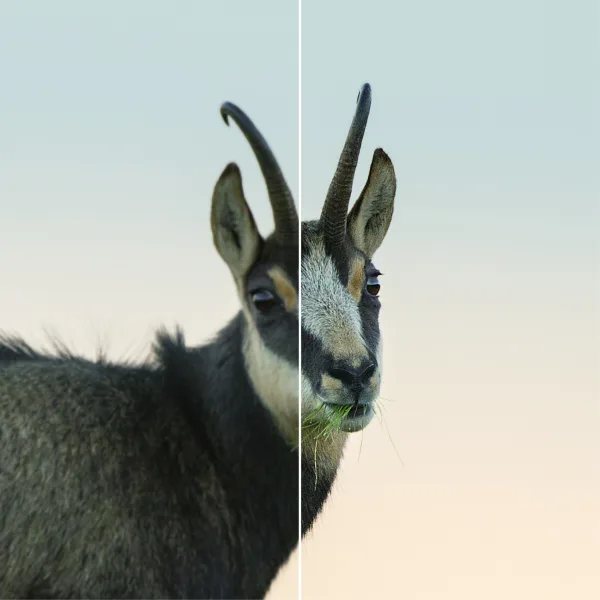As a basic rule: the larger the objective lens diameter, the more light passes through the optical system and therefore the exit pupil. At a higher magnification the exit pupil becomes smaller and, therefore, the brightness is reduced. In this case, it is a question of finding the ideal balance between size, weight, and brightness performance for the long-range optical device. One possible yardstick is the so-called Twilight factor. The higher the twilight factor, the more details are visible. The twilight factor is calculated from the root of magnification x objective lens diameter.
FORMULA: Twilight factor = magnification x objective lens diameter
The light intensity is calculated using the following formula: (objective lens diameter/magnification)^2



